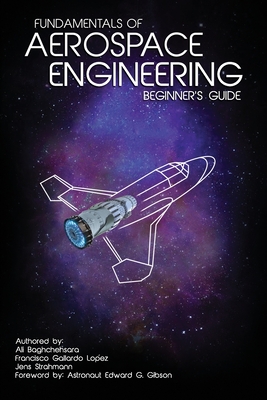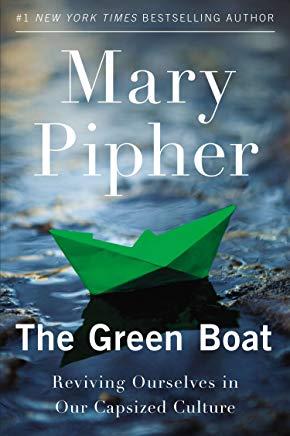
Lopez, Francisco Gallardo
product information
description
wledge of math! During my career as an aerospace engineer, I have come to find that math is only one small prerequisite for being successful in the field - what's most important is passion. Aerospace engineering builds on several basic disciplines including mathematics, physics, chemistry, mechanics, electronics and communications. Even just a rudimentary understanding of these fields enables a more rapid and deep understanding of the advancements in aerospace engineering - whether you be an interested spectator or professional in the field, this is your textbook. Our real limits are far beyond our current perception and we will challenge them for many centuries to come. In aviation, we continuously seek to fly higher and faster - this book's purpose is to give you an idea of the engineering principles which enable powered flights, space exploration and much more. Although humans have envied the flight of birds for many thousands of years, the engineering of powered flight is just over 100 years old, having started with the 12-second, 120-foot flight of the Wright brothers in 1903.Over the years, aerospace progress has demanded the further development of existing technical fields or creation of new ones building on the above basic disciplines. You might be the one to design, engineer and manage the next generation of aircraft, spacecraft, or beyond! However, all of this will require understanding the big picture and having an understanding of where we came from. For that, you first need to understand, how a bird flies, or a signal is sent to space. It's an exciting time to be alive-enjoy! - Ed Gibson
member goods
No member items were found under this heading.
listens & views

UPSIDE DOWN / STABAT MATER ...
by THOMMESSEN / OSLO YOUTH CHOIR / ANDERSEN
COMPACT DISCout of stock
$17.99
Return Policy
All sales are final
Shipping
No special shipping considerations available.
Shipping fees determined at checkout.






